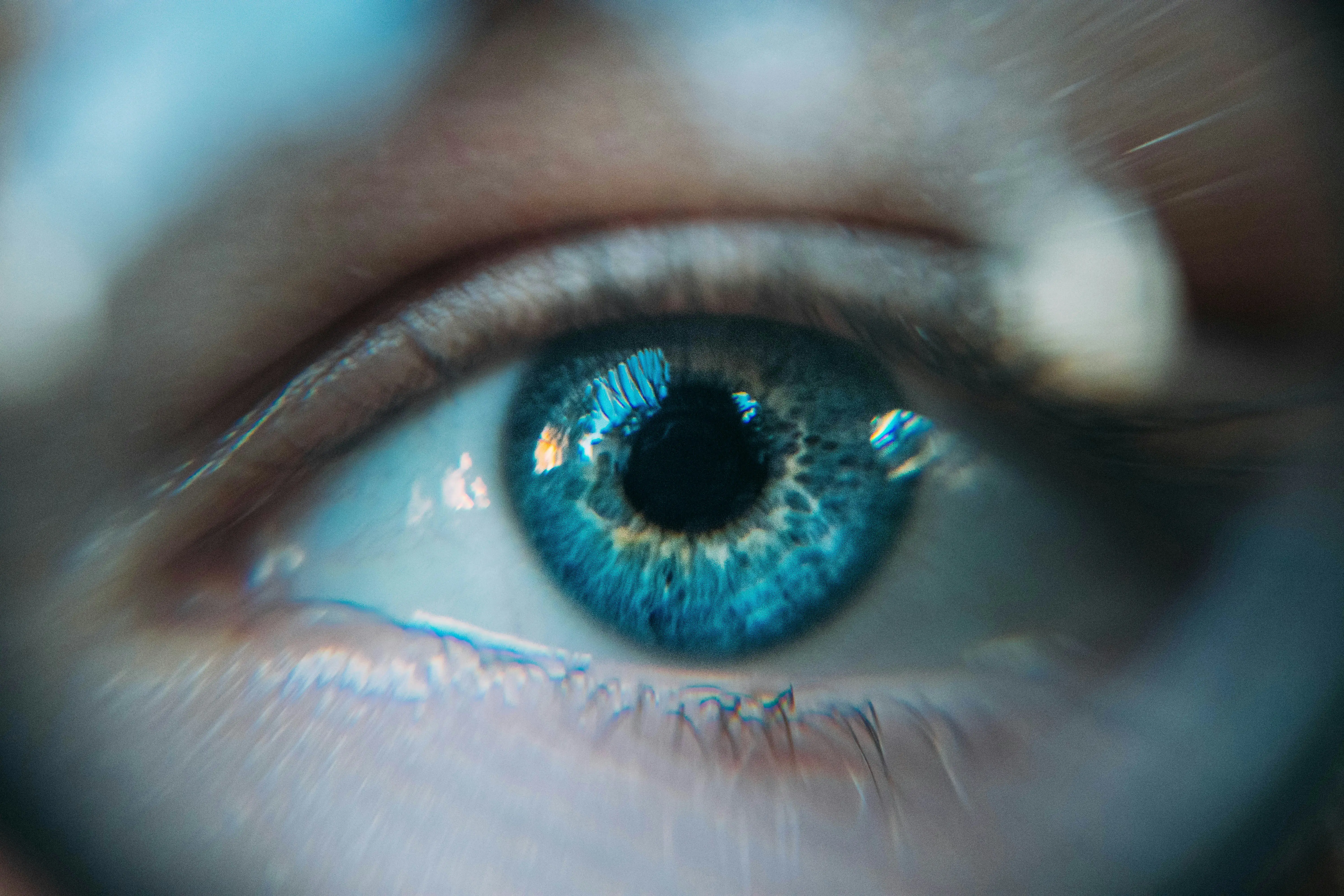Unlocking The Secrets Of Blinking: UCLA's Path To Revolutionary Eye Prostheses

We often take the simple act of blinking for granted, yet it's a complex motion crucial for maintaining eye health. Recent research conducted by a team of UCLA biomechanical engineers and ophthalmologists sheds new light on the intricate workings of the muscle responsible for blinking, the orbicularis oculi. This muscle doesn't just move the eyelid up and down; its movements are far more sophisticated.
Published in the Proceedings of the National Academy of Sciences, the study explores how this muscle behaves during various actions such as spontaneous blinks, reflexive closures, and forced shut-eye motions. These findings pave the way for developing advanced blink-assisting prostheses, offering hope to those who have lost the ability to blink due to conditions like stroke or injury.
Tyler Clites, the study's corresponding author and assistant professor at UCLA, explains, "The eyelid’s motion is both more complex and more precisely controlled by the nervous system than previously understood. Different parts of the muscle activate in carefully timed sequences depending on what the eye is doing." This insight into the precise control of eyelid movements opens the door to creating neuroprostheses that could restore natural eyelid function.
In their study, the researchers analyzed five types of eyelid movements: spontaneous blinks (automatic and unconscious), voluntary blinks (intentional), reflexive blinks (rapid and involuntary), soft closures (gentle and slow), and forced closures (deliberate squeezing). By using tiny wire electrodes and motion-capture technology, the team recorded eyelid movements with high precision, examining speed, direction, and muscle activation.
Dr. Daniel Rootman, study co-author and associate professor of ophthalmology at UCLA, highlights the potential impact: "People can lose the ability to blink due to a stroke, tumor, or injury. This condition is painful and can lead to vision loss. Our research offers a good roadmap for developing a device that stimulates the orbicularis oculi muscle effectively." With this new understanding, future devices could provide significant relief for patients, restoring the vital function of blinking.